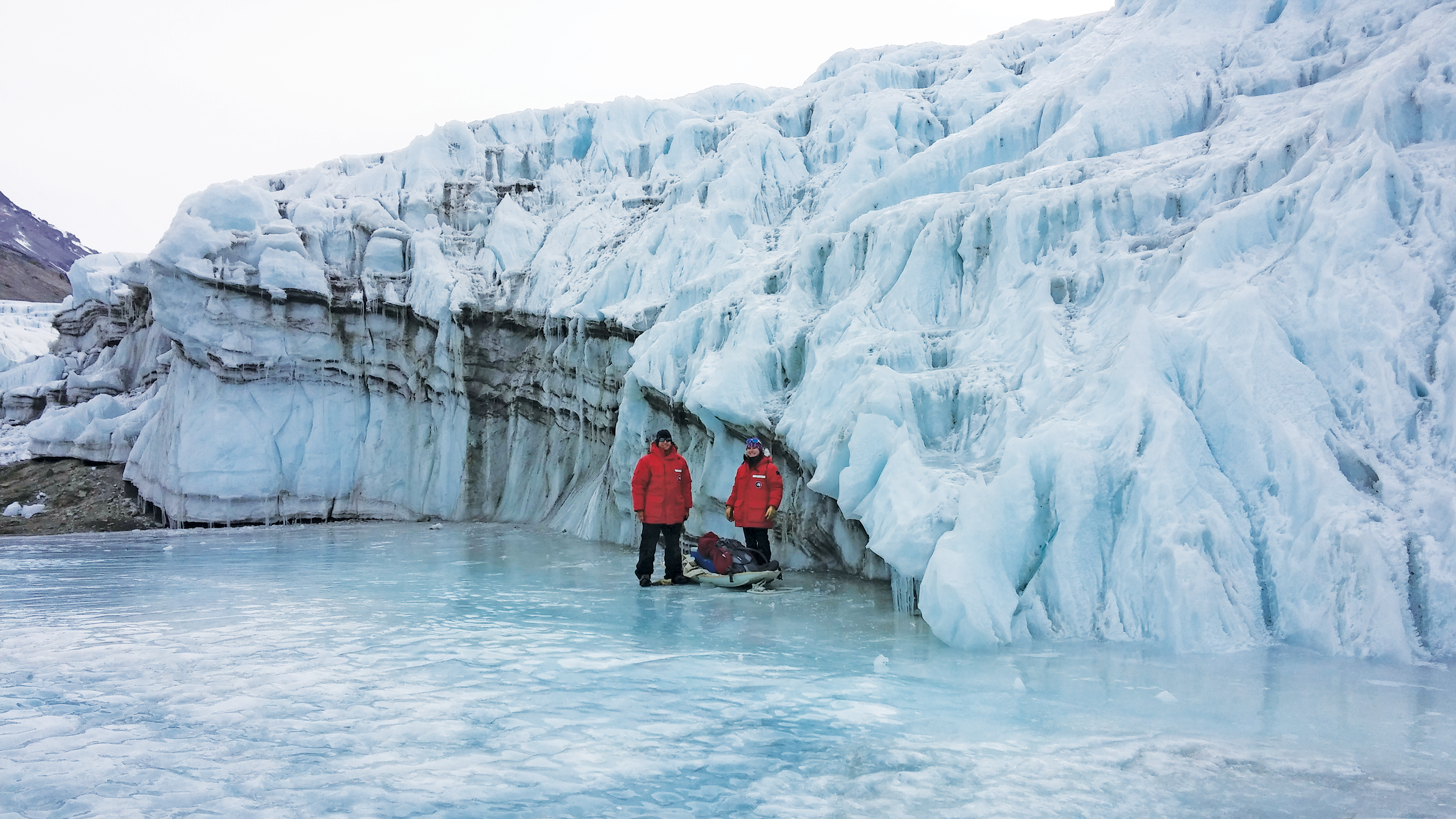Research
Research activities within the Department of Microbiology can be broadly organized into two primary, but frequently overlapping themes: Microbial Ecology and Microbial-Host Interactions. A distinctive feature of the Department is the breadth of environments in which microbes are studied: Deep-ocean sediments in the Arctic circle, temperate estuaries, hot springs and volcanoes in Costa Rica, Siberian permafrost, sub-glacial environments (fresh/brackish water lakes underneath glaciers in Antarctica), marine and freshwater ecosystems, plant roots, chicken intestines, ferrets, nematodes, insects, mice, zoo animals, and more.
Our research programs are enhanced by internal and external collaborations in the United States and abroad. Research programs are supported by National Institutes of Health (NIH), National Science Foundation (NSF), the National Aeronautics and Space Administration (NASA), the Department of Energy (DOE), as well as by industry and foundations. Faculty, staff scientists, and students publish in top-tier disciplinary and broad journal venues, present their research in national and international forums, and pursue avenues to apply their foundational discoveries.

Laboratory Research Opportunities for Undergraduates
Current students can gain research experience in Departmental research laboratories. Such experience will teach you what it means to do research: how to perform experiments, analyze data, make conclusions, and write papers. You may volunteer to work at the lab, obtain credit (MICR 401 and 402), or, in some cases, get paid. If you are interested in pursuing any of these options, review faculty pages to identify those performing research of interest to you and contact the faculty member directly.
Additionally, stipends are available competitively to pursue summer research projects in research labs associated with the Department of Microbiology at the University of Tennessee. Calls for applications are announced each Spring.
You can also explore more research opportunities by visiting the following: